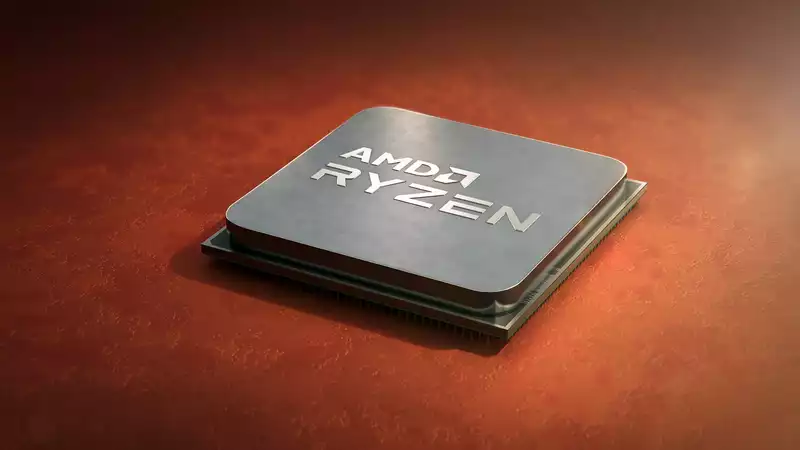AMD Zen 4 is the CPU generation we've been waiting for, not only because we're enthused about Zen 3, but also because we've received scraps of information about AMD's next-generation CPU that would make any PC builder's tongue twitch. Today, however, we hear news about what won't change with Zen 4.
According to two well-known Twitter leakers, ExecutableFix and Patrick Schur, the AMD Zen 4 consumer chip will have up to 16 cores. This is the same maximum number of cores as the currently available Ryzen 9 5950X.
This suggests that AMD's current 8-core CCX design is not going anywhere with the Zen 4, and the top-of-the-line consumer chip of the generation, which is assumed to be the Ryzen 9 6950X, will have two 8-core chips under the hood. However, there is still no official confirmation on the exact configuration. [The 16-core Ryzen 9 5950X is no slouch either. But if you need more power, there is AMD's HEDT product, Threadripper, which is expected to be improved by Zen 3 sooner or later. [But more is expected from Zen 4: AMD's own roadmap confirms that Zen 4 will be built primarily on TSMC's 5nm process node, and further leaks indicate that the I/O die may also be overhauled.
Additionally, AMD may finally switch from the AM4 socket to the new AM5 socket. This new socket may also be an LGA design, which means that AMD processors will no longer have a bendable back pin array.
Finally, Patrick Schur also mentioned that Zen 4 processors could range from TDP 65W to TDP 170W. Incidentally, the Ryzen 9 5950X has a TDP of 105W. This would significantly increase the power consumption of the next generation of top chips, despite the more advanced process node at 5nm.
What are possible explanations for this? The working hypothesis is that the on-chip inclusion of the RDNA 2 iGPU is partly responsible for the increased power demand, but any change in specifications could result in increased power consumption. For example, clock speeds.
However, the current AMD Ryzen desktop CPUs, unlike Intel's Core processors, do not have integrated graphics, and rumors about the possibility of a Raphael-powered iGPU have been growing this year.
However, the 170W increase is massive, and according to leaks, this could be reserved for some unusual chip; for the Zen 4 desktop processor, a 120W TDP may be more normal.
At any rate, AMD has yet to disappoint with any generation of Zen CPUs, so I expect plenty to whet gamers' appetites with the Zen 4. AMD also has a new and exciting architecture from Chipzilla, Intel With a battle against Alder Lake on the horizon, they will need to be at their best to compete to keep the high-end CPU market they have recently captured.
As one might guess from AMD's own roadmap, Zen 4 will be released by the end of 2022, which is actually not that far off. Of course, there may be some delays due to ongoing shortages in chip manufacturing.
On the other hand, AMD recently announced that high-end chips with 3D V-cache technology will be in production by the end of the year, perhaps as a bridge until Zen 4 arrives.


Comments